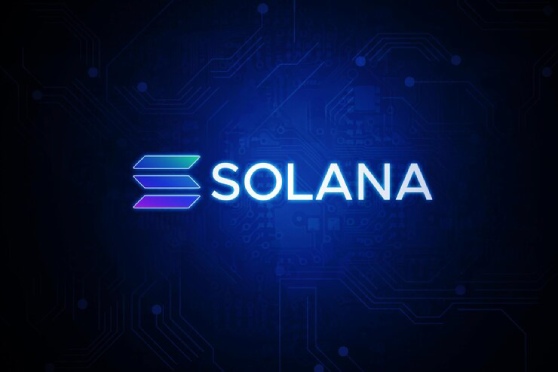Solana Foundation announced real-time emissions measurement of the Solana blockchain. Solana has been displaying regular updates on the network's environmental metrics since April 21. This new Solana development sets a new standard for measuring emissions in blockchain by publishing data. The network integrated with a carbon data platform, Trycarbonara to develop this tracker.
Real-Time Emissions Measurement
Solana Foundation claimed Solana to be the first major smart-contract blockchain network to have its emissions measured in real-time. Solana collaborated with Trycarbonara, a carbon data platform, to develop the emission tracker.
Software that accurately calculates carbon footprint data is installed on each Solana node. The throughput of each validator influences this data. Consumption of energy, overall carbon emissions, network power intensity, total node count, megawatt-hours, and other information are all included in the data
The dashboard will give statistics for the network. The emission tracker collects stats from on-chain data and data gathered from a Solana validator representative sample. Anyone can analyze network emissions from the various data on the dashboard.
Solana takes real-time data from Solana nodes software and updates the dashboard every two weeks.
The Solana Foundation aims to set new standards for measuring emissions in blockchain by publically releasing the data.
Suggested Post | Solana DeFi Development | Advantages and Applications
Emission Tracker Data
Solana's real-time emissions measurement shows the following data on the dashboard:
Emissions measurement of RPC nodes: The instrumentation of the underlying hardware measures emissions of remote procedure call (RPC) nodes.
Emissions granularity at the server level: It provides emission data broken down across multiple dimensions, including the geolocation of RPC nodes and validators.
Marginal (or consequential) emissions: The emission tracker shows marginal emissions based on the increasing emissions effect of new demand.
Embodied emissions: The tracker shows the hardware infrastructure of the Solana network's embodied emissions. It covers every phase of the hardware lifespan, such as manufacture, shipping, and end-of-life planning.
Power Usage Effectiveness (PUE): PUE indicates the overall efficiency of a data center.
Check It Out | Game Development on Solana | The Future of Gaming
Environmental Impact
Blockchain networks already have a huge environmental impact, particularly crypto mining takes up a ton of energy. They also rely on computers and software, having detrimental effects on the environment.
In order to combat climate change, businesses and organisations must be accountable for and transparent about their carbon emissions.
The Solana Foundation's project might persuade other blockchains to take similar steps to track and report their carbon emissions.
Experts claim that blockchains can aid businesses in creating smart contract solutions that can track and manage a product's sustainability. The technology can hasten the spread of renewable energy sources in underdeveloped nations.
If you are interested in building a similar blockchain solution to track various processes then Oodles can assist you. Contact our blockchain developers to get started.
Hire blockchain development company, to design the software for your solana development, which will facilitate NFT transactions and offer a transparent, secure Web3 environment.
#solanadevelopment #solanadevelopmentcompany #solanadevelopmentservice





Comments